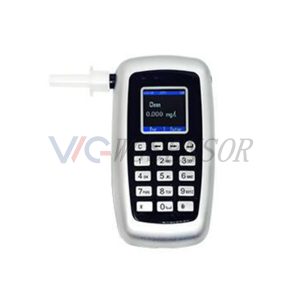In the realm of safety and responsible consumption, advancements in alcohol detection technology continue to mark significant strides. Over the years, researchers and developers have persistently pursued innovative solutions to curb impaired driving and promote a safer environment on roads and in workplaces. The evolution of alcohol detection devices stands as a testament to this commitment.
The inception of alcohol detection mechanisms dates back decades, rooted in the basic breathalyzer devices that relied on breath analysis to estimate blood alcohol content (BAC). While these early devices were groundbreaking in their time, they posed limitations in accuracy and portability.
However, recent years have witnessed a remarkable surge in technological innovation, transforming the landscape of alcohol detection. The emergence of sophisticated sensors, utilizing advanced spectroscopy and electrochemical principles, has revolutionized the precision and reliability of these devices.
Cutting-edge developments have led to the creation of compact, user-friendly breathalyzers equipped with state-of-the-art sensors capable of detecting minute alcohol concentrations with unprecedented accuracy. These advancements have not only enhanced the effectiveness of law enforcement efforts in monitoring and deterring drunk driving but have also extended their utility to personal use, empowering individuals to make informed decisions about their alcohol consumption.
Furthermore, the integration of artificial intelligence and machine learning algorithms has bolstered the capabilities of these devices. These algorithms continually refine and improve accuracy by analyzing vast datasets, thereby ensuring precise readings and minimizing false positives.
Beyond breath-based detection, there has been a surge in the development of non-intrusive alcohol detection methods. Wearable sensors and smart devices have emerged, utilizing sweat or skin-based analysis to provide real-time monitoring of alcohol levels. These innovations hold promise for diverse applications, including workplace safety protocols and personal health monitoring.
Looking ahead, the trajectory of alcohol detection technology appears promising, with ongoing research focusing on enhancing accuracy, miniaturization, and integration into interconnected systems. The vision extends toward a future where seamless integration with vehicles, smartphones, and wearables will contribute to a safer and more responsible society.
The evolving landscape of alcohol detection technology underscores a commitment to innovation aimed at fostering a culture of safety, responsibility, and informed decision-making. As these advancements continue to unfold, their impact on society’s well-being and safety remains profound and transformative.


Please contact us for free quotation by form below. We promise the quickest response within 24 hours: